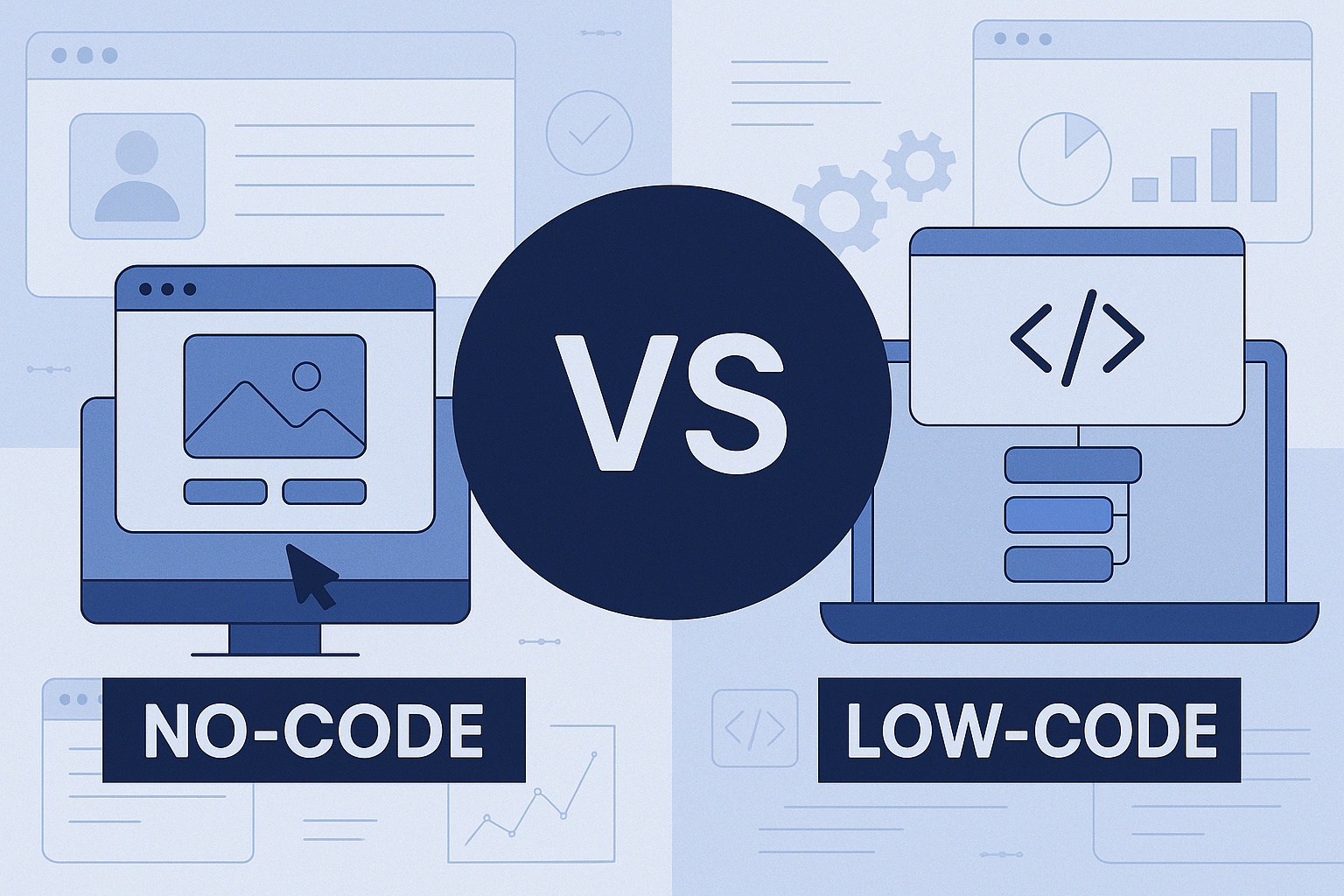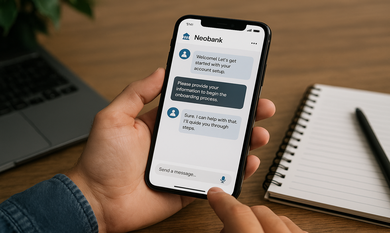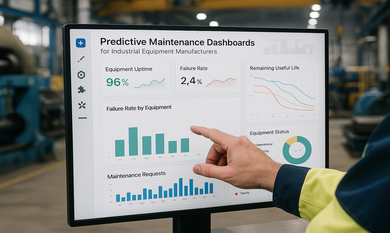In today’s fast-paced startup ecosystem, time is the most valuable asset. Founders are constantly seeking ways to launch faster, validate ideas efficiently, and reduce development costs. However, not every startup can afford a full-fledged tech team or lengthy development timelines. This is where no-code and low-code development platforms step in.
These tools empower startups to design, build, and deploy applications with minimal or no coding experience. But with so many options available, how do you decide which approach fits your business best? Let’s explore the key differences, benefits, and best use cases to help startups make the right decision.
Understanding No-Code and Low-Code Development
No-code development allows users to create applications through intuitive drag-and-drop interfaces. It’s designed for business users, product managers, and entrepreneurs who want to build apps quickly without writing code.
Low-code development, meanwhile, combines the speed of visual design tools with the flexibility of manual coding. Developers can customize applications beyond prebuilt templates, integrating APIs and advanced features as needed.
In short:
- No-code = simplicity and speed for MVPs and internal tools
- Low-code = flexibility and scalability for growing businesses
Both are part of the growing movement toward Agile development without coding, powered by Rapid prototyping platforms and Startup-friendly app builders.
The Rise of No-Code and Low-Code Platforms
According to Gartner, by 2026, 70% of new business applications will rely on low-code or no-code technologies. Startups are driving this adoption because these platforms enable faster go-to-market cycles and reduce dependence on full-time developers.
Popular examples include Bubble, Glide, and Adalo for no-code, and Mendix, OutSystems, and Microsoft Power Apps for low-code. These rapid application development tools have become essential for startups looking to move quickly while maintaining control over product design and data.
Benefits of No-Code Development for Startups
- Rapid Time to Market
No-code tools allow entrepreneurs to turn ideas into live apps within days. Using drag-and-drop app solutions, startups can design interfaces, automate workflows, and launch prototypes quickly.
- Low Development Cost
With no dependency on a large technical team, startups can save significantly on development costs while focusing resources on marketing and scaling.
- Accessible to Non-Developers
Teams without coding backgrounds can build apps independently, ensuring innovation is not limited to the IT department.
- Ideal for MVPs
For startups still testing their business model, no-code prototyping solutions are ideal for validating concepts before full-scale investment.
Example: A wellness startup created its first mobile booking app using Glide without any technical background, validating its business model within a month.
Benefits of Low-Code Platforms for Startups
- Customizable and Scalable
While no-code tools are great for prototypes, low-code platforms for startups allow more customization and scalability as the app grows.
- Faster Integration and Automation
Low-code tools can connect easily with third-party systems such as CRMs, payment gateways, or ERPs, which is essential for fintech or healthcare startups.
- Enterprise-Grade Security
These platforms often comply with data protection regulations, making them suitable for industries dealing with sensitive information.
- Developer Flexibility
Developers can use visual programming tools for routine tasks while writing custom scripts where needed—offering the best of both worlds.
Example: A logistics startup implemented OutSystems to automate inventory tracking, achieving 60% faster delivery times through app development without coding.
Choosing Between No-Code and Low-Code
Choose No-Code If:
- You need a minimum viable product (MVP) or quick prototype.
- Your app has simple workflows like bookings or dashboards.
- You want non-technical teams to manage app development.
- Budget and speed are your top priorities.
Choose Low-Code If:
- You plan to scale your app with complex integrations.
- Your app requires custom logic or back-end scripting.
- You need higher control over performance and security.
- You have a small technical team to manage hybrid development.
Low-code platforms offer the flexibility of Rapid prototyping platforms and the scalability of traditional coding—ideal for growing startups.
Real-World Examples
- Airbnb initially used no-code tools like Webflow and Zapier to automate processes before investing in a full-code solution.
- PepsiCo and Siemens adopted low-code platforms to digitize internal workflows efficiently.
- Spotify uses a mix of low-code and traditional development to manage data analytics and integrations.
These success stories highlight how both no-code and low-code are not just startup trends but long-term business enablers.
The Role of Custom Development
While no-code and low-code tools accelerate development, startups often outgrow them as they scale. Businesses working with a custom Android app development company Dallas can transform no-code prototypes into full-scale, performance-optimized apps ready for global use.
Similarly, web app development services Dallas providers help startups build robust, secure, and highly integrated web platforms once their product-market fit is established.
This hybrid approach ensures that early innovation blends seamlessly with long-term scalability.
Future of App Development for Startups
The future belongs to hybrid ecosystems where no-code, low-code, and traditional coding coexist. With AI integration, predictive analytics, and real-time collaboration, startups can innovate faster than ever.
AI-driven visual programming tools and Startup-friendly app builders will make app creation even more accessible. Moreover, as automation and cloud computing evolve, startups can expect improved flexibility, better performance, and cost efficiency across all platforms.
Conclusion
In the fast-moving startup world, choosing between no-code and low-code depends on your goals, budget, and timeline. No-code platforms are perfect for validating ideas quickly, while low-code solutions enable scalable, secure, and customizable growth.
Theta Technolabs, a leading low code no code app development company Dallas, specializes in helping startups and enterprises leverage the power of Web, Mobile, and Cloud technologies to build innovative, scalable applications.
From ideation to execution, Theta Technolabs empowers founders to accelerate digital transformation with confidence and speed. For consultation and collaboration, contact sales@thetatechnolabs.com.
Start Building Your App Faster Today
Whether your startup is exploring no-code prototypes or low-code scalability, having the right technology partner is crucial.
Get in touch with Theta Technolabs today at sales@thetatechnolabs.com to build smarter, faster, and more efficiently with cutting-edge solutions that fit your business goals.
FAQs
1. What is the main difference between low-code and no-code development?
The main difference lies in flexibility. No-code platforms require no coding at all and are ideal for simple applications, while low-code platforms allow limited coding for customization and scalability.
2. Can a startup use both low-code and no-code together?
Yes. Many startups start with no-code for their MVP and switch to low-code as they scale. This hybrid approach combines agility with flexibility.
3. Are low-code and no-code platforms secure?
Reputed platforms follow robust security protocols like GDPR, SOC2, and ISO compliance, making them safe for handling sensitive data.
4. What are the best low-code and no-code platforms for startups?
Popular no-code platforms include Bubble, Glide, and Adalo, while leading low-code platforms are OutSystems, Mendix, and Microsoft Power Apps.
5. Do these platforms support mobile apps?
Yes, both low-code and no-code platforms offer mobile-ready features. Some even integrate with custom Android app development company Dallas services for advanced performance optimization.






















_Choosing%20the%20Right%20App%20Development%20Company_%20A%20Comprehensive%20Guide_Q1_24.jpg)
_Chatbots%20for%20Event%20Management%20and%20Hospitality%20Services_Q1_24.jpg)
_Best%20iOS%20App%20Development%20Company_%20Enhancing%20User%20Engagement%20with%20Push%20Notifications_Q2_24.jpg)
_Key%20Trends%20in%20Healthcare%20Software%20Development%20for%20the%20Future_Q2_24.jpg)
_How%20much%20does%20it%20cost%20to%20create%20an%20android%20app%20in%202024%20for%20Startups_%20A%20detailed%20guide_Q2_24.jpg)
_Integrating%20Chatbots%20Into%20Your%20Application.jpg)


_Enhancing%20Driver%20Safety%20and%20Compliance%20with%20Web%20Apps%20in%20the%20Logistics%20Sector_Q3_24.jpg)
_Web%20Apps%20for%20Retail%20and%20eCommerce_%20Streamlining%20Operations%20and%20Reducing%20Costs_Q3_24.jpg)
_How%20AI%20is%20Enhancing%20Construction%20Site%20Surveillance%20and%20Security%20in%20Dallas_Q3_24-1.jpg)
_The%20Impact%20of%20Cross-Platform%20Apps%20on%20Real%20Estate%20Market%20Trends%20in%20Dallas_Q3_24-1.jpg)
_Streamlining%20Appointment%20Scheduling%20with%20Cloud%20Computing%20in%20Dallas%20Healthcare_Q4_25.jpg)
_How%20Cloud%20Solutions%20Are%20Enhancing%20Remote%20Patient%20Monitoring%20in%20Healthcare_Q4_25.jpg)































.png)












.png)

.png)
.png)
.png)
.png)


.png)
.png)
.png)

.png)






.png)
.png)






















